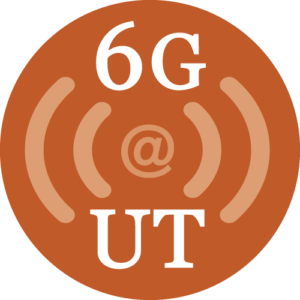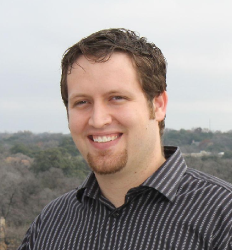A recent article on Wired featured comments from Dr. Humphreys’s Congressional testimony on the threat of rogue UAVs.
“With only minor changes to [a] UAV’s autopilot software, of which highly capable open-source variants exist, an attacker could readily disable geofencing and could configure the UAV to operate under ‘radio silence,’ ignoring external radio control commands and emitting no radio signals of its own” … “Imposing restrictions on small UAVs beyond the sensible restrictions the Federal Aviation Administration recently proposed would not significantly reduce the threat of rogue UAVs yet would shackle the emerging commercial UAV industry”.
Read the article on wired.com.









